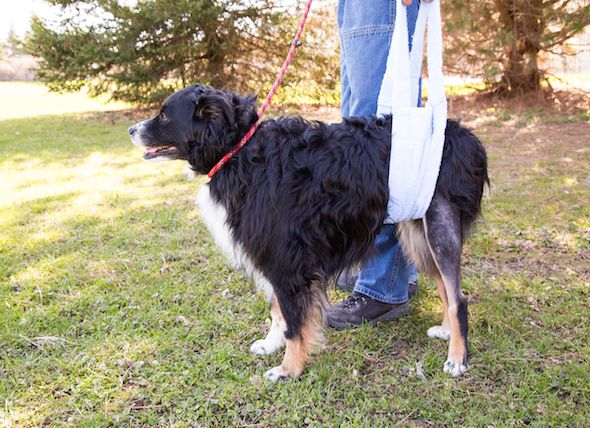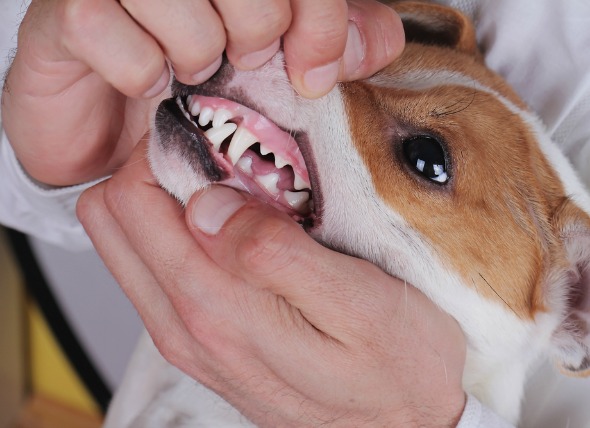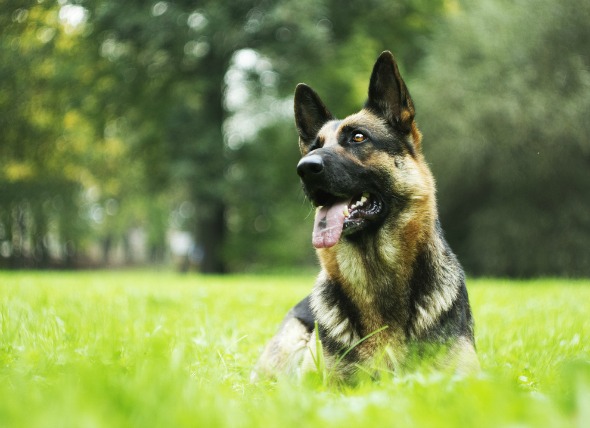

Excessive vocalization refers to uncontrollable, excessive barking, whining or crying, often occurring at inappropriate times of the night or day. Such vocalization can be due to pain, illness, cognitive dysfunction syndrome (CDS), or may be related to a decline in hearing in senior pets.
CDS is often associated with night waking, during which excessive vocalization occurs. Dogs that are bred for work and high energy activities may be prone to excess barking.
Excessive barking may also be related to behavioral conditions, which may be controlled by behavior modification training. There are also some breeds that are better known for excessive and inappropriate barking. Many breeds of terrier, such as the Yorkshire, Cairn, Fox, West Highland White, and Silky terriers, are prone to barking without cause and may benefit from behavioral modification training. Other breeds include toy and miniature poodles, chihuahuas, and Pekingese.
If your dog's increased vocalization is out of the ordinary, you will want to have health problems ruled out before considering behavior modification. Your veterinarian can perform a full medical work-up, including a chemical blood profile, complete blood count (CBC), urinalysis and electrolyte panel, along with a complete physical exam. Possible incidents that might have led to this condition will also be considered, and a thorough history of your dog's behavioral health leading up to the symptoms will be taken into account.
It is critical to rule out a non-behavioral, physical cause of the vocalization first. Imaging can be helpful for ruling out medical/neurological disorders. BAER (brainstem auditory evoked response) testing can be done if auditory decline is suspected.
A plan must be created which is customized to suit your dog and your personal living conditions, your household, and the type of problem, being sure to attempt to resolve the underlying cause before behavioral modifications are begun.
Do not reinforce the vocalization. This includes punishing the behavior, which is still regarded as attention. Instead, positively reward your dog when it is calm and quiet and lead by example by remaining calm as well. Also, counter-condition your dog to calm down when stimulated. Training your dog to be quiet on command will be the priority.
To prevent your dog from becoming accustomed to the attention received by barking or crying, a quiet response can be reinforced using head halters, bark-activated alarms, bark-activated citronella collars, and disruptive devices such as alarms or water sprayers. Another method that has been used to some success is to desensitize the dog to the outside stimuli using food treats until the response threshold is very high. Becoming more attentive to the triggers that cause your dog to bark excessively will help you to distract your dog before it becomes excited or anxious.
Medications might be indicated if there is real anxiety, conflict, excessive responsiveness to stimuli or a compulsive disorder:
The dog should be brought back to the veterinarian or to a behavior specialist to modify the program based on your dog's particular response. Obedience training, head halter training and quiet command training are often effective in dogs. Dogs should be habituated and socialized to a variety of stimuli and environments throughout development, including to other people and pets. This desensitizes the animal to novel experiences, reducing anxiety, and over-excitation.
 Tumor of the Thymus in Dogs
Thymoma in Dogs
The thymus is an organ in front o
Tumor of the Thymus in Dogs
Thymoma in Dogs
The thymus is an organ in front o
 Fatty Tissue Tumor (Benign) in Dogs
Infiltrative Lipoma in Dogs
Infiltrative lipoma i
Fatty Tissue Tumor (Benign) in Dogs
Infiltrative Lipoma in Dogs
Infiltrative lipoma i
 Torn Knee Ligament in Dogs
Cranial Cruciate Ligament and Anterior Cruciate Ligament
Torn Knee Ligament in Dogs
Cranial Cruciate Ligament and Anterior Cruciate Ligament
 Mouth Inflammation and Ulcers (Chronic) in Dogs
Oral Ulceration and Chronic Ulcerative Paradental Stomat
Mouth Inflammation and Ulcers (Chronic) in Dogs
Oral Ulceration and Chronic Ulcerative Paradental Stomat
 Heart Cancer (Hemagiosarcoma) in Dogs
Hemangisaroma of the Heart in Dogs
Where hemangio
Heart Cancer (Hemagiosarcoma) in Dogs
Hemangisaroma of the Heart in Dogs
Where hemangio
Copyright © 2005-2016 Pet Information All Rights Reserved
Contact us: www162date@outlook.com